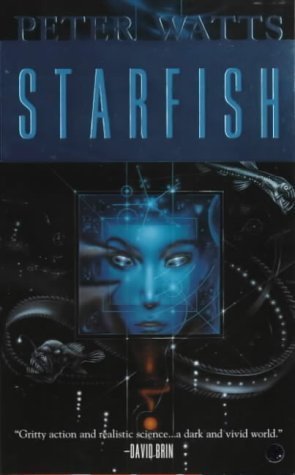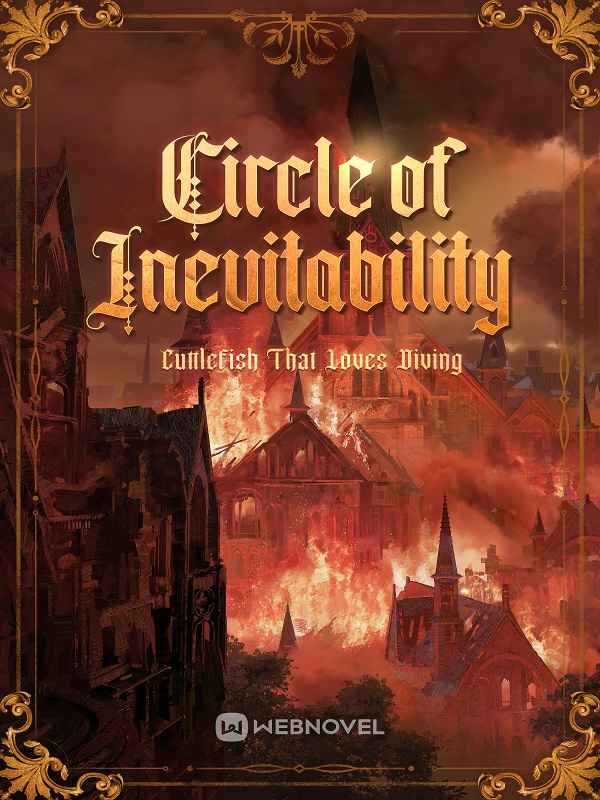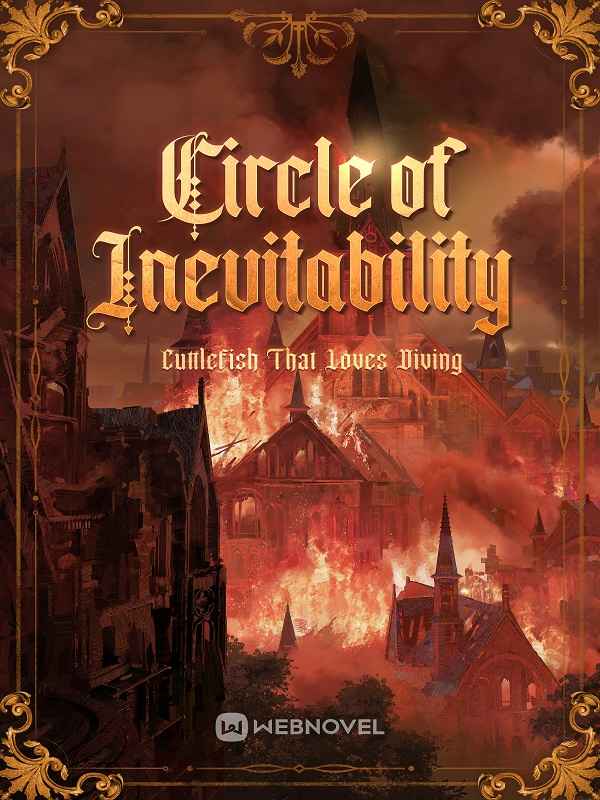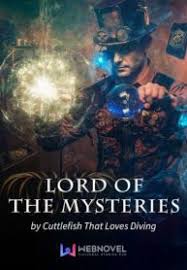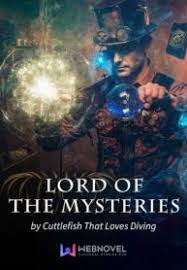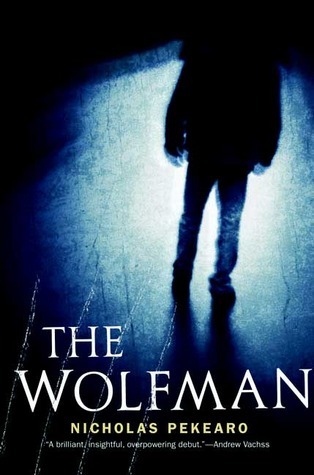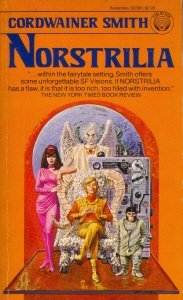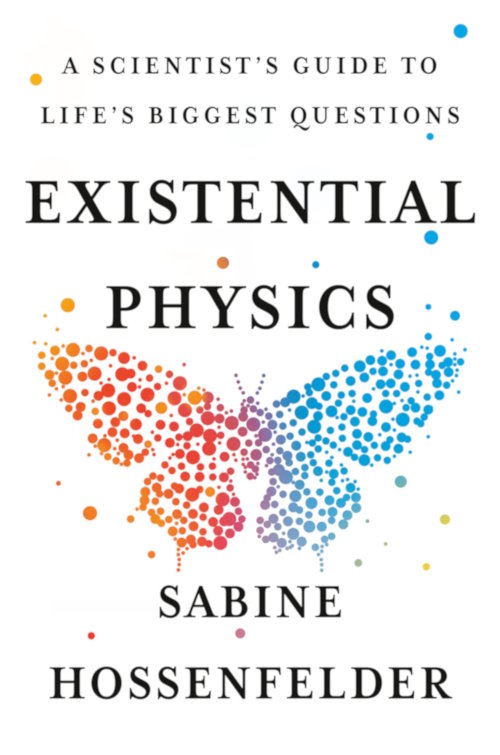Abolish the box office

The way Hollywood works today, and by infection all other movie productions, is to measure "box office success" and usually doing it only for the first or several weeks after release in cinemas. Even ignoring that cinema is slowly being replaced with streaming, this metric is fundamentally defective. People don't go to see the movie because the movie is good, since they haven't seen it yet, but because the movie has been marketed successfully or its brand holds some power. Therefore, by using this metric, we optimize for marketing, not profit, entertainment or art. This hurts everybody.
Some may argue that box-office also captures audience satisfaction via repeat viewings and word-of-mouth, even in early weeks, but that's almost an afterthought. To make that signal relevant, you should ignore the first week of returns, not elevate it as the most important aspect of it. Because, while it is decisive to how much money the movie is likely to make, it does not measure the erosion of overall value that it will cause to your remaining intellectual property, through reduced trust, lower future conversion, brand fatigue and so on.
Let's take the example of The Force Awakens. According to reviews, it was an average movie, not truly bad, but not something that the fan base were enthusiastic about, yet it was a huge box office success. The reason, though, was the good will of the fan base. They expected, mostly because that is what had been promised, the quality of the original Star Wars storytelling with the production quality of the Prequel Trilogy. And they got none of it. Because of that, the latter movies got less and less as they went along.
Yes, there is a correlation of box-office and quality, but that's purely incidental. Let's take the same example. You spend $0.5B on The Force Awakens (plus unknown marketing costs) and you get $2B in return. You then spend $0.3B on The Last Jedi you get $1.3B in return. You say, hey, this movie earned less because it was not that good. No, it earned less because people were already disillusioned with The Force Awakens, but some still kept up hope and tried it anyway. Meanwhile, the studios saw The Force Awakens as a great success and let the same people who made it also make the second movie. Correlation, not causation!
Movie studios, just abolish the usage of the box-office success metric! It measures nothing but how successful marketing has been and it has been pushed on you by - who would have guessed it? - your marketing departments. Moreover, the fact that marketing budgets are often obfuscated or hidden from the general public should be a dead giveaway that there is a major issue there.
Truth is that while successful marketing may lead to bigger profits, it cannot exist in a vacuum. It has to build on something. And I don't mean re-use and abuse of existing brands. In fact, the explosion of this phenomenon just makes my point. You are trying to fix the fundamental problem of vacuous marketing by dredging up the past for anything qualitative, but in the process destroying that value.
In short, my assertion is that the movie industry has been hijacked by the ad people and it shows:
- the quality of the productions dropped sharply
- costs have skyrocketed while been half-concealed exactly in the marketing area
- sequels and reboots have saturated output because past quality is the only thing that can still be marketed
- the movie industry has been overtaken by the game industry - which uses units sold and actual profit as a metric for success - in both profit and artistic quality
- people are tuning off movies and tuning in YouTube videos about how bad movies are
- streaming has broken the fundamentally ad driven business model that cinema system is
This is not a post about the fossilized power structures in major corporations or against agenda driven studio interference or any other of the many nebulous issues within the industry. I am simply focusing on the most objectively toxic issue of them all: you are using the wrong metric for success! No matter what you change and what you try, unless you measure your success correctly, you will never be able to optimize for it.
What is the correct metric, then? I do not know. A good start is to separate viewer satisfaction from immediate returns. Box-office returns muddles the difference between the two to the point it becomes deleterious. One might say that theoretically there should be a direct connection between viewer satisfaction and profits, but that only applies in time. If you build the trust and the quality, even while losing money, the viewer good will could be translated into profit later. Yes, it's a bet, but if you truly believe in the strong correlation between satisfaction and profits, how can you not take it?
Movie industry, I wish you well!

